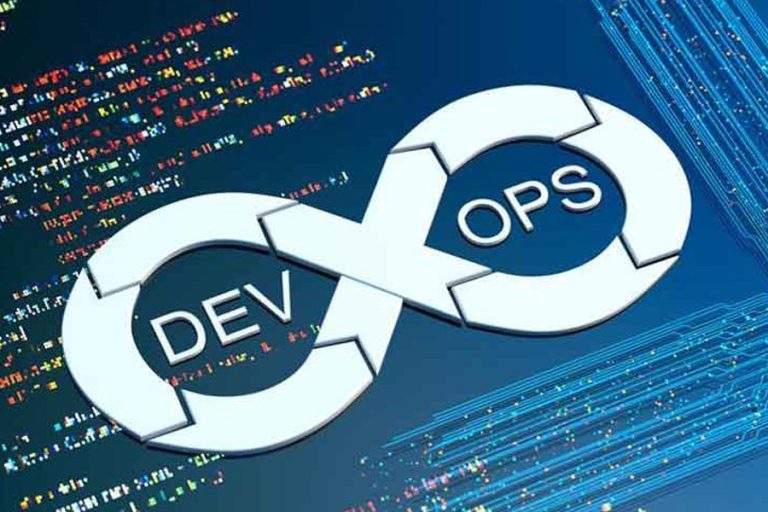
As emerging technologies and methodologies reshape workflows across nearly every industry, once-static job roles now evolve extremely quickly. Not only do workers require continuous training to remain effective in current positions, but acquiring new high-value skills also empowers career mobility towards more advanced or specialized opportunities. Thankfully, many modern companies recognize continual learning as pivotal for both ensuring top talent and facilitating internal pipeline growth. Leading brands now invest extensively in diverse development initiatives, supportive infrastructure, and optimized cultures that empower rising professionals.
Formal Development Programs
The people at ProTrain say that rather than leaving skill building solely to each employee’s discretion, many companies take an active role guiding training through formatted development programs covering pivotal topics. Nearly all major corporations now offer some combination of sponsored certifications through partners, extensive course libraries, one-on-one mentoring structures, peer coaching cohorts, and more. For example, enterprise technology powerhouse Cisco offers comprehensive career certification programs granting networking competencies to personnel at all stages, from early talent acquisitions right up to executives. Meanwhile, global bank HSBC provides a structured managerial qualification pathway, including remote coursework and in-person leadership training events.
Internal Mobility Advancement
Beyond expanding capabilities just to strengthen performance within current assignments, many leading companies also encourage utilizing new skills as launch pads for internal mobility between departments or ladder climbing. Rotation programs allowing workers to transfer through short-term assignments in diverse divisions help assess fit. Promotion-from-within policies ensure qualified candidates get priority access to higher tier openings. Referral bonuses for advocating qualified colleagues incentivize assistance climbing.
Vacancy transparency through publicly posted opportunity listings, rather than biased, closed-network taps also maintains merit-based upward movement. Public job boards, internal mobility-focused Slack channels and automated alerts of matching openings facilitate discovering advancement prospects.
Supportive Infrastructure and Resources
Top employers create supportive environments that encourage ongoing learning and growth, complementing structured programs and transparent career paths. Everything from physical office layouts to digital communication platforms can either facilitate or obstruct continuous employee development.
In terms of workspace design, concepts like hot-desking, collaboration zones, and creativity rooms provide interactive spaces conducive to peer learning. Digital surfaces for video conferencing cross-team mentors along with design sprints immerse workers in new perspectives.
Remote infrastructure similarly offers tools strengthening learning habits, including access to large e-book/audiobook libraries related to industry skills or leadership lessons, subscriptions to top e-learning platforms, calibration workshops to fine-tune self-directed study habits, and more.
Shared Organizational Culture
However, beyond formal programs, physical environments, and digital systems, another pivotal yet nuanced factor reinforcing habitual learning involves a company’s prevailing culture. Employees need to not just feel permitted to develop skills continually but actually feel motivated by cultural norms and incentives to do so regardless of available resources.
Management attitudes, performance review criteria weighting learning highly, innate diversity encouraging new viewpoints, and values explicitly prioritizing growth all drive this cultural underpinning. Public celebrations of completion milestones through company meetings or internal social networks also solidify advancement as a shared priority at all levels.
Without this cultural foundation empowering people first and foremost, even the most well-funded initiatives flounder. Learning organizations must start with mindset, not just mechanics.
Conclusion
With employee requirements changing faster than ever before, stagnating skills threaten individuals’ career trajectories and companies’ abilities to compete. However, the most talent-focused employers now take broad responsibility for talent acceleration across formal learning channels, transparent mobility pathways, optimized digital/physical infrastructures, and cultures truly elevating advancement as pivotal. Workers at such organizations gain unparalleled opportunities to continuously expand competencies towards new roles and opportunities over time. Choosing supportive employers provides key kick-starts towards lifelong learning.







